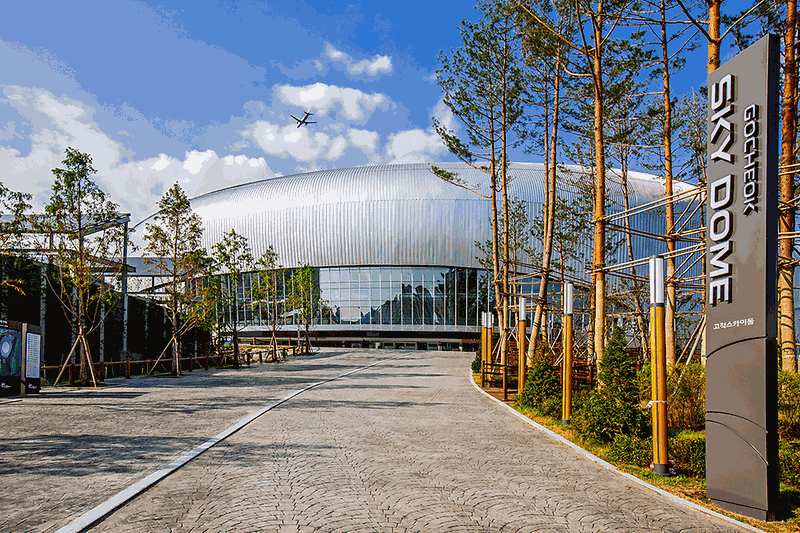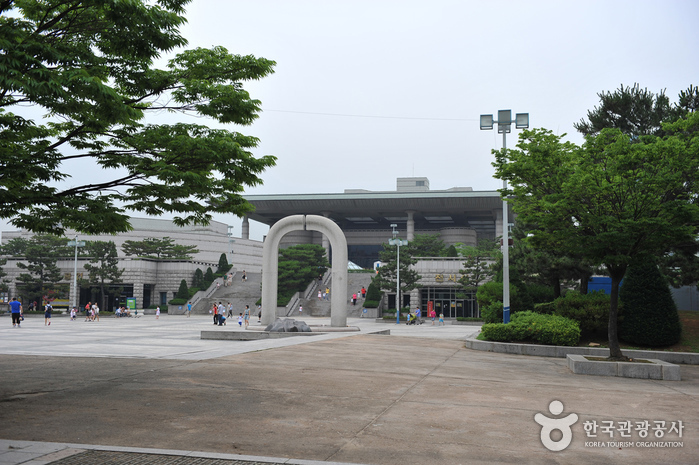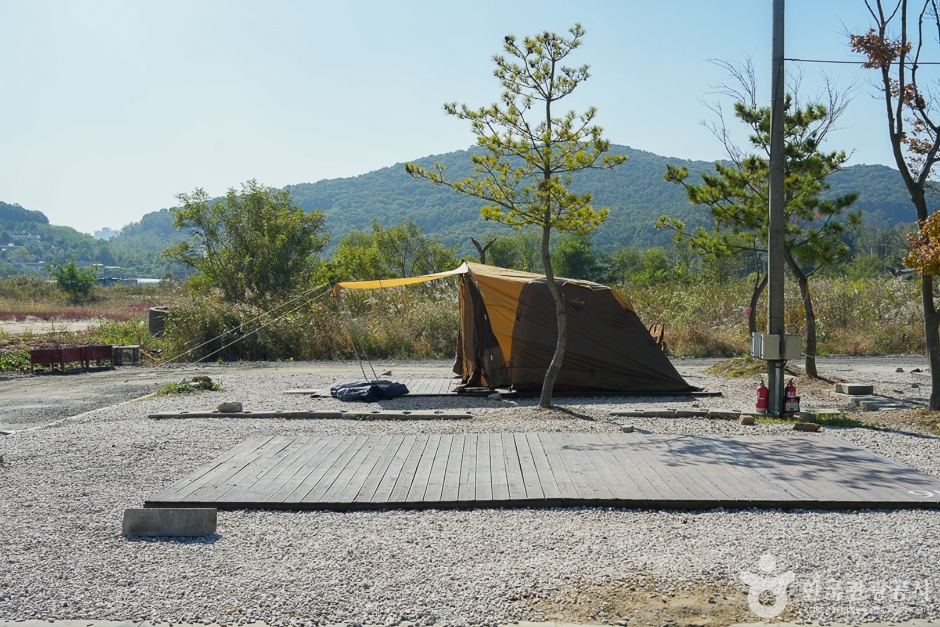LG Best Shop - Namdong-gu Office Branch [Tax Refund Shop] (엘지베스트샵 남동구청점)
18.3Km 2024-04-19
668, Sorae-ro, Namdong-gu, Incheon
-
Gocheok Sky Dome (고척 스카이돔)
18.3Km 2023-09-05
430 , Gyeongin-ro, Guro-gu, Seoul
Gocheok Sky Some is the first dome-type baseball stadium to be built in Korea. Since its establishment in 2015, the stadium has been used as a venue for diverse events, including baseball games, athletic sports, performances, concerts, and more. The stadium consists of two basement floors and four above-ground floors with 16,783 seats. Gocheok Sky Dome serves as a cultural facility for the public that can host events regardless of season and weather. A baseball-themed street is connected to the dome for baseball fans. Several other sports-related facilities and retailers are also available.
CheongKwanJang - Eungam Branch [Tax Refund Shop] (정관장 응암)
18.4Km 2024-04-23
142, Eunpyeong-ro, Eunpyeong-gu, Seoul
-
Hangangsoo Hospital [Tax Refund Shop] (한강수병원)
18.4Km 2024-04-23
83, Yeongdeungpo-ro, Yeongdeungpo-gu, Seoul
-
Hakeem Travel Korea (하킴트래블코리아)
18.4Km 2025-10-23
7th Floor, 10 Seonyu-ro 9-gil, Yeongdeungpo-gu, Seoul
Hakeem Travel Korea, founded in 2016, offers tailored travel solutions for Middle East, India, and Latin America. We provide FIT, groups, students, MICE, and medical & beauty tourism, ensuring customer satisfaction with personalized, seamless experiences.
Yanghwa Hangang Park (한강시민공원 양화지구(양화한강공원))
18.4Km 2022-12-16
221, Nodeul-ro, Yeongdeungpo-gu, Seoul
+82-2-3780-0581
Situated on the southern part of the Hangang River, Yanghwa Hangang Park stretches between the mouth of Yeouido Saetgang Tributary and the Gayang Bridge in Gangseo-gu, Seoul. This spacious park is lush with vegetation and offers a spectacular view of the river.
The park is located nearby a number of other attractions including Seonyudo Park, an island in the river, which has been transformed into an ecological park; Seonyu Bridge; and the World Cup Fountains, with jets shooting 202 meters in x_height.
There is a wide bike trail that runs through the park that connects this park with the other Hangang River Parks. Every May, the bike trail is flanked by lush green grass and beautiful roses, making it the ideal photo spot.
Himart - Eunpyeong Branch [Tax Refund Shop] (하이마트 은평점)
18.4Km 2024-04-22
148, Eunpyeong-ro, Eunpyeong-gu, Seoul
-
Incheon Culture and Arts Center (인천문화예술회관)
18.4Km 2025-01-10
149 Yesul-ro, Namdong-gu, Incheon
+82-32-427-8401
Incheon Culture and Arts Center is a dedicated cultural performance facility located within the Incheon Jungang Park. It features a Grand Concert Hall, a Small Concert Hall, and an Outdoor Concert Hall. The venue hosts events by the Incheon City Art Company, as well as various concerts, performances, exhibitions, and cultural events held in Incheon. Outdoor concerts and busking performances are also occasionally held at the outdoor stage.
Manjung Campground (만정캠핑장)
18.4Km 2024-02-16
279-20 Yeongjongsunhwan-ro, Jung-gu, Incheon
Manjung Campground, situated on Yeongjongdo Island, offers spacious campsites allowing for undisturbed rest. Adjacent to the campground are fishing areas for both freshwater and sea fishing, making it a favored spot among fishing enthusiasts. Additionally, its proximity to Yeongjongdaegyo Bridge enhances accessibility, and visitors can enjoy spectacular sunset views as well.
Olive Young - Mullae Branch [Tax Refund Shop] (올리브영 문래)
18.4Km 2024-06-27
63, Seonyu-ro, Yeongdeungpo-gu, Seoul
-
![LG Best Shop - Namdong-gu Office Branch [Tax Refund Shop] (엘지베스트샵 남동구청점)](http://tong.visitkorea.or.kr/cms/resource/50/2882450_image2_1.jpg)

![CheongKwanJang - Eungam Branch [Tax Refund Shop] (정관장 응암)](http://tong.visitkorea.or.kr/cms/resource/52/2888952_image2_1.jpg)

![Himart - Eunpyeong Branch [Tax Refund Shop] (하이마트 은평점)](http://tong.visitkorea.or.kr/cms/resource/68/2889968_image2_1.jpg)


![Olive Young - Mullae Branch [Tax Refund Shop] (올리브영 문래)](http://tong.visitkorea.or.kr/cms/resource/28/3314428_image2_1.jpg)
 English
English
 한국어
한국어 日本語
日本語 中文(简体)
中文(简体) Deutsch
Deutsch Français
Français Español
Español Русский
Русский